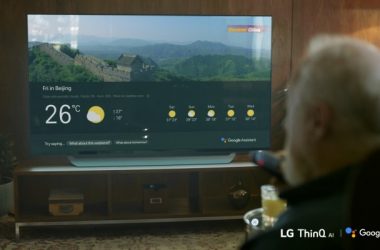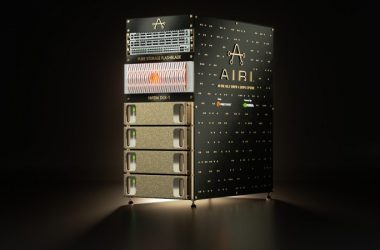
Most Windows 7 PCs max out their memory, resulting in performance bottlenecks, a researcher said.
Citing data from Devil Mountain Software’s community-based Exo.performance.network (XPnet), Craig Barth, the company’s chief technology officer, said that new metrics reveal an unsettling trend. On average, 86% of Windows 7 machines in the XPnet pool are regularly consuming 90%-95% of their available RAM, resulting in slow-downs as the systems were forced to increasingly turn to disk-based virtual memory to handle tasks.
The 86% mark for Windows 7 is more than twice the average number of Windows XP machines that run at the memory "saturation" point, said Barth. The most recent snapshot of XPnet’s 23,000-plus PCs — taken yesterday — pegs only 40% of XP systems as running low on memory.
"The vast majority of Windows 7 machines over the last several months are very heavily-memory saturated," said Barth today. "From a performance standpoint, that has an immediate impact on the machine."
The low-memory condition of most Windows 7 PCs is even more notable considering the amount of RAM in Windows 7 systems: According to XPnet’s polling, Windows 7 PCs sport an average of 3.3GB of memory, compared to 1.7GB in the average Windows XP computer. (Machines running Windows Vista contain an average of 2.7GB.)
"Windows 7 machines have almost twice as much memory to work with," said Barth, "but the numbers show just how much larger and more complex Windows 7 is than XP."
Barth acknowledged that XPnet’s data couldn’t determine whether the memory usage was by the operating system itself, or an increased number of applications, but said that Devil Mountain would start working on finding which is the dominant factor in increased memory use.
Other data that Devil Mountain collates as part of a new metric dubbed "Windows Composite Performance Index" (WCPI) quantifies peak processor workload and I/O performance. Both of those measurements are also higher for Windows 7 systems than for XP machines. While 85% of the former are running at peak I/O loads, only 36% of the latter do; the numbers for CPU workload are closer, as 44% of Windows 7 computers are running a computational backlog that delays processing tasks, compared to 36% of the XP systems.
"This is alarming," Barth said of Windows 7 machines’ resource consumption. "For the OS to be pushing the hardware limits this quickly is amazing. Windows 7 is not the lean, mean version of Vista that you may think it is."
Long-time computer users are more familiar with the opposite: that hardware stays ahead of operating system requirements. "On current-generation hardware right out of the gate, Windows 7 is maxing out the resources. The old trend just isn’t the case anymore. Now, everything that Intel giveth, Microsoft taketh away," Barth said.
"I think this is something that everyone in their gut knew, but now we have data," said Barth. "The metrics don’t lie."
Users who want to compare their computers to the current WCPI numbers can do so by registering with XPnet and then installing the DMS Clarity Tracker Agent from Devil Mountain’s site.
Most Windows 7 systems consume nearly all RAM; less than half of XP PCs do





